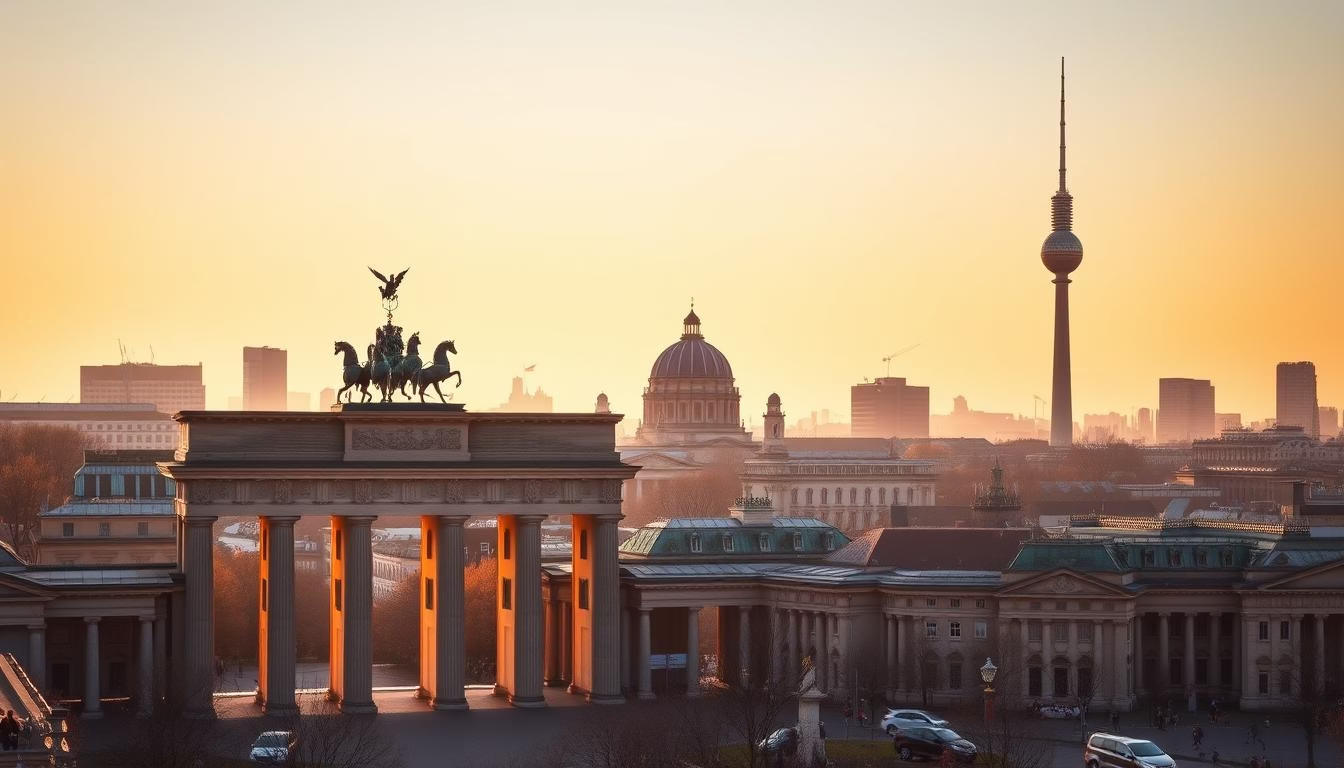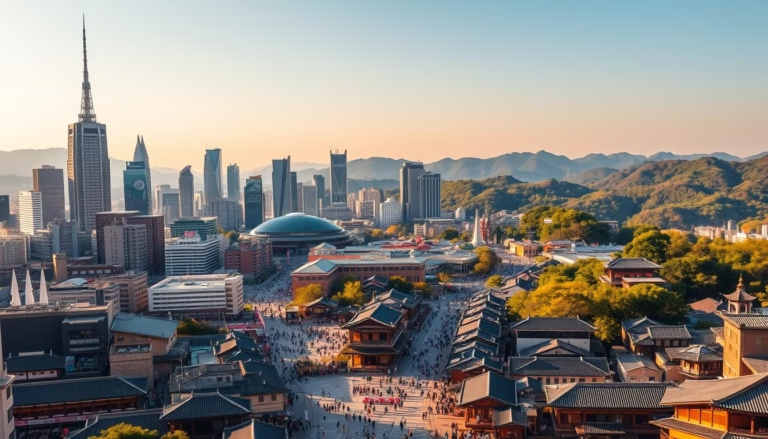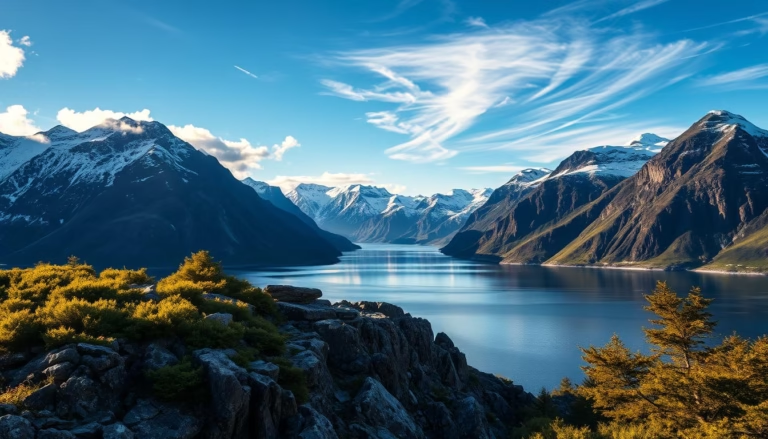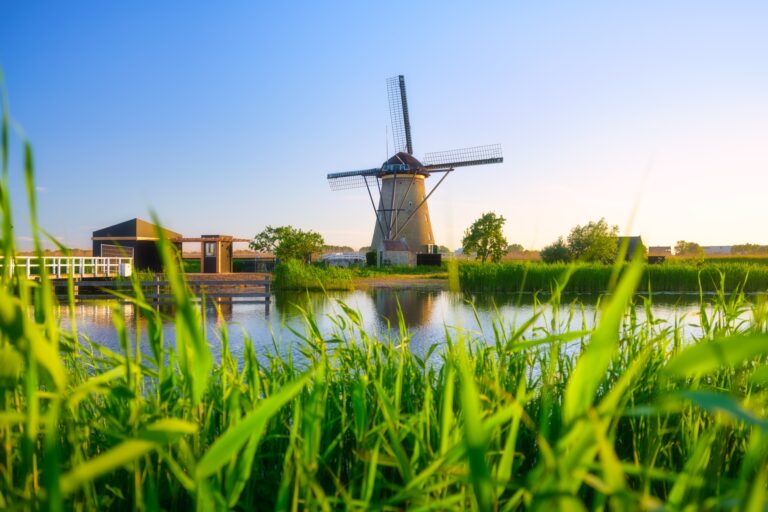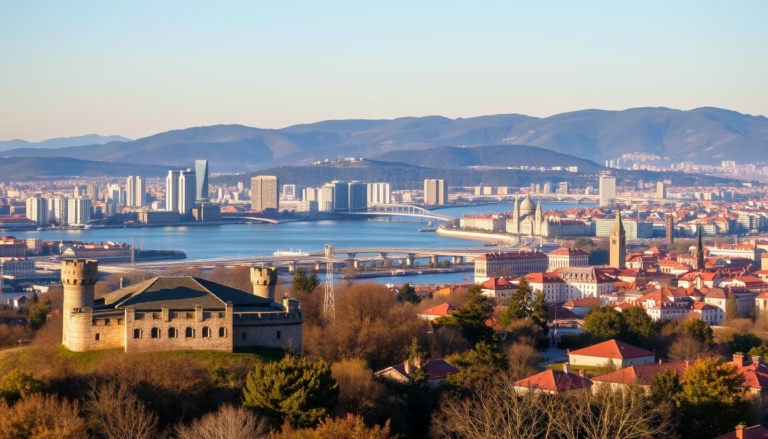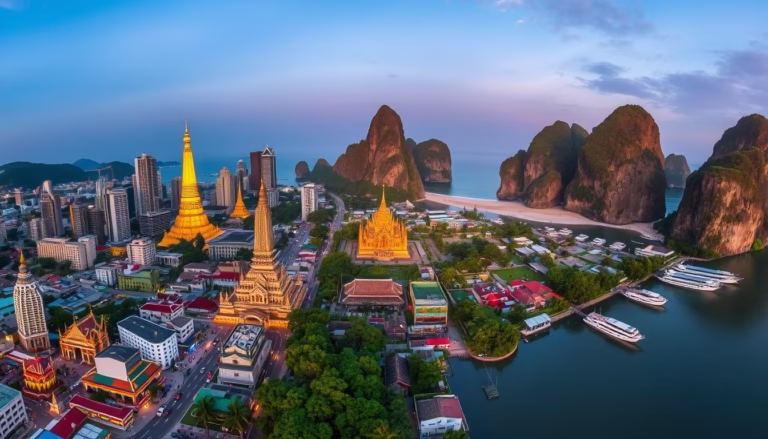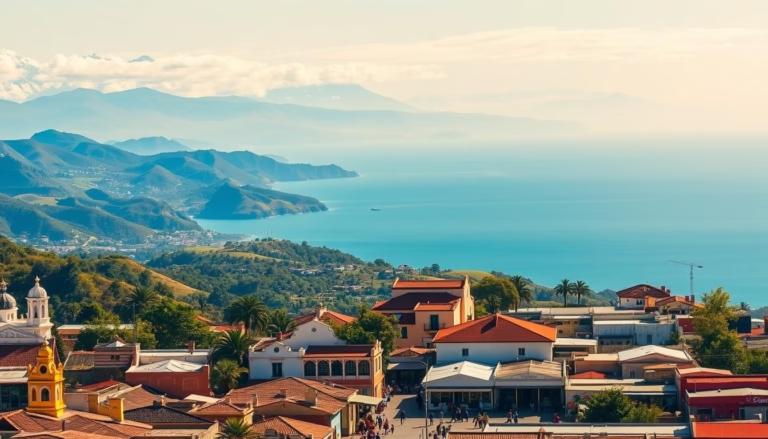Top Tourist Attractions in Berlin – Must-See Sights and Landmarks
Berlin pulses with energy unlike any other European city. This dynamic metropolis blends medieval roots with avant-garde creativity, offering travelers eight centuries of history alongside groundbreaking modern culture. From bullet-scarred buildings to sleek glass towers, every street tells a story.
What makes Germany’s capital unique? Unlike Munich’s traditional charm or Hamburg’s maritime flair, Berlin thrives on raw urban energy. Think New York-style diversity meets Chicago-style architecture – all filtered through a distinctly European lens. The city’s rebirth after reunification created spaces where historic landmarks sit beside experimental art installations.
First-time visitors should plan 4-5 days minimum. Must-see locations range from the iconic Brandenburg Gate to the thought-provoking Holocaust Memorial. Don’t miss the Reichstag’s glass dome or the East Side Gallery’s colorful Cold War relics. Evening brings world-class dining and legendary nightlife in neighborhoods like Kreuzberg.
Key Takeaways
- Combines 800 years of history with cutting-edge modern culture
- Requires 4-5 days minimum to experience major highlights
- Features iconic Cold War sites alongside medieval architecture
- Offers diverse museums, memorials, and culinary experiences
- Boasts more urban edge than other German cities
- Contains both famous landmarks and hidden local gems
Exploring Berlin’s Iconic Landmarks
From neoclassical grandeur to modernist heights, Berlin’s architectural marvels map its journey through time. Four structures particularly embody this evolution, each offering unique perspectives on the city’s past and present.
![]()
Where History Meets Horizon
The Brandenburg Gate anchors Pariser Platz as Berlin’s ultimate symbol of unity. Once divided by the Wall, this 18th-century monument now hosts celebrations under its triumphant Quadriga statue. Pro tip: Visit at twilight when golden lights illuminate the sandstone columns.
Just north stands the Reichstag building, where politics and panorama collide. Its glass dome – added during 1990s renovations – lets visitors peer into parliamentary sessions while enjoying 360° views. Free timed tickets book up fast, so reserve online weeks ahead.
| Landmark | Height | Built | Key Feature |
|---|---|---|---|
| Brandenburg Gate | 26m | 1791 | 12 Doric columns |
| Reichstag Dome | 47m | 1999 | Mirrored funnel |
| TV Tower | 368m | 1969 | Revolving restaurant |
| Victory Column | 67m | 1873 | Golden statue |
Sky-High Perspectives
The Fernsehturm (TV Tower) dominates the skyline at 368 meters. Cold War engineers designed its space-age sphere to broadcast socialist ideals. Today, visitors ride elevators to the observation deck in 40 seconds flat – faster than some Ubers cross the city!
For a greener vista, climb the Victory Column’s 285 steps. The gilded statue of Victoria watches over Tiergarten park, where locals bike beneath linden trees. Time your visit to hear the noon carillon chime across the urban oasis.
Must-Visit Tourist Attractions in Berlin
Berlin’s landscape tells stories of division and cultural rebirth through its most iconic sites. Two locations stand out for their historical weight and artistic significance, drawing millions annually to witness living history.
Where Ideologies Collided
Checkpoint Charlie remains frozen in Cold War tension. This crossing saw Soviet and American tanks stare down in 1961, creating a flashpoint that nearly reignited global conflict. Today, a replica guardhouse marks the spot where spies once slipped between worlds.
The nearby Checkpoint Charlie Museum chronicles daring escapes through hidden car compartments and homemade hot-air balloons. While informative, most visitors spend more time at the open-air exhibits where history feels visceral.
Treasure Island of Art
Museum Island Berlin forms a UNESCO-certified archipelago of culture. Five grand institutions house everything from Egyptian antiquities to Impressionist masterpieces. The star attraction? Queen Nefertiti’s 3,300-year-old bust in the Neues Museum, displayed like the royalty she once was.
Climb the Berlin Cathedral’s dome for panoramic views after exploring collections. Pro tip: Grab a 3-day museum pass to avoid ticket lines. Just remember – the Pergamonmuseum’s massive Ishtar Gate won’t reopen until 2027, so plan accordingly.
History and Cold War Legacy
Berlin’s streets whisper tales of division and resilience. Concrete barriers once sliced through neighborhoods, while underground networks smuggled hope across borders. These sites preserve raw accounts of ideological battles and human endurance.
From the Berlin Wall to Cold War Crossings
The Berlin Wall transformed overnight in 1961 when East Germany sealed its borders. What began as barbed wire became a 96-mile concrete monster with 302 watchtowers. Families found themselves stranded, their city bisected by what locals called the “Wall of Shame”.
At the Wall Memorial, preserved sections reveal the brutal death strip mechanics. Sand tracks detected footprints, while tripwires triggered alarms. “Every escape attempt was a physics problem,” notes historian Anna Funder. “People built submarines, zip lines, even fake passports in toothpaste tubes.”
| Memorial Site | Established | Key Feature |
|---|---|---|
| Berlin Wall Memorial | 1998 | Original death strip |
| Holocaust Memorial | 2005 | 2,711 concrete stelae |
| Topography of Terror | 2010 | Nazi HQ excavations |
Holocaust Memorial and Topography of Terror
Two blocks south, the Holocaust Memorial creates waves in solid form. Sloping paths between uneven pillars disorient visitors, mimicking the chaos victims endured. Underground exhibits personalize statistics through letters and diaries.
The Topography of Terror confronts darker history where Nazi offices once stood. Glass panels display orders signed by SS leaders, while excavated prison cells bear graffiti from Soviet-era detainees. It’s not easy viewing, but essential for understanding how systems manipulate fear.
These sites form a triangle of remembrance. They challenge us to confront humanity’s capacity for both cruelty and courage. As the last Cold War generation ages, their physical remnants become urgent teachers.
Art, Architecture, and Cultural Gems
Where concrete once divided, color now unites in Berlin’s artistic rebirth. The city’s creative energy shines brightest where history meets imagination, blending centuries-old structures with bold modern statements.
East Side Gallery and Street Art
The East Side Gallery redefines public art on a historic canvas. This 1.3-kilometer stretch of preserved Berlin Wall features 118 murals by global artists. Dmitri Vrubel’s iconic kiss between Brezhnev and Honecker shares space with vibrant symbols of freedom.
Spring visitors get double rewards. Cherry blossoms frame the gallery’s east side, their pink petals contrasting with bold street art. These trees were planted post-reunification as living symbols of peace.
Nearby, the red-brick Warschauer Brücke offers silent testimony. This Cold War crossing point now connects trendy bars and riverside paths. Street art here evolves daily, proving Berlin’s creative pulse never rests.
Museum Island and Berlin Cathedral
Five architectural marvels crown Museum Island’s UNESCO-protected complex. The Neues Museum stars Queen Nefertiti’s 3,300-year-old bust, displayed like the royalty she embodies. Roman artifacts and Byzantine mosaics fill other galleries.
Climb the Berlin Cathedral’s 270-step dome for panoramic city views. The cathedral’s mix of Renaissance and Baroque styles mirrors Germany’s layered past. Pro tip: Time your visit for organ concerts echoing through the marble nave.
While the Pergamonmuseum’s Ishtar Gate remains closed until 2027, temporary exhibits showcase rarely seen treasures. Museum Island proves art and architecture can span millennia while feeling thrillingly alive.
Discovering Berlin’s Dynamic Urban Vibe
Berlin’s heartbeat thrives in its eclectic mix of historical charm and modern energy. The city constantly reinvents spaces where bullet-pocked walls neighbor rooftop bars, creating an urban rhythm that pulses day and night.
Where Past Meets Progress
Potsdamer Platz epitomizes this transformation. Once a Cold War no-man’s land, its glass towers now house Michelin-starred restaurants and interactive light installations. Architects turned desolation into a shimmering business hub without erasing history – bullet marks still dot nearby buildings.
Head north to Prenzlauer Berg, where 19th-century apartments shelter vegan bakeries and design studios. Young families push strollers past playgrounds framed by ornate stucco facades. This spot balances old-world elegance with sustainable urban living.
As night falls, Hackescher Markt comes alive. Nine interconnected courtyards buzz with craft cocktail bars and indie theaters. The maze of restored buildings forms one Berlin’s favorite social hubs, proving historic spaces can host modern connections.
These districts showcase why the city draws global creatives. From reconstructed plazas to repurposed factories, Berlin writes its future while honoring scars – a masterclass in urban reinvention.
